News Americas, NEW YORK, NY, Mon. Mar. 13, 2023: TheNational Joint Action Committee (NJAC) & the Sir Arthur Lewis Institute of Social and Economic Studies (SALISES) will be hosting a two-day International Conference on the 20th and 21st April 2023 to commemorate the fiftieth anniversary of the “Trinidad & Tobago Revolution of 1970.”
“The Quest for National Unity” will be one of the featured themes at thisanniversary conference.
Presenters will include living legends of the Revolution, NJAC activists, academics and researchers, such as Khafra Kambon, Aiyegoro Ome, Clive Nunez, Liseli Daaga, Dr Olabisi Kuboni, Opoku Ware, Dr Brinsley Samaroo, Embau Moheni, Sri Raviji, Ivan Laughlin and several others.
NJAC will reflect on the significance of the historic “March to Caroni.” This unity march, held on Thursday 12 March 1970, is one of the most significant dates in the calendar of events of the T&T Revolution of 1970. We call on our people across Trinidad & Tobago to use this historic memory to inspire a new recommitment to a united and strong T&T.
NJAC’s “March to Caroni” actually grew out of the need to address the dominance of race politics, which had become the norm in the 1960s and which dominates political culture once again.
A March for National Unity led by NJAC in 1970
The 1960s was, the most racially divided decade in our people’s history. The last pre-Independence elections, held in1961, generated extremely high levels of racial discord. In the election campaign, there was unprecedented violence and racist rhetoric. Meetings became battle zones of heckling, disturbances and even the breaking up of some meetings. As the threats and acts of violence became more widespread, with Dr Rudranath Capildeo, the leader of the predominantly Indian Democratic Labour Party (DLP) calling on his supporters to arm themselves. This led to the declaration of a State of Emergency three weeks before the general elections. The government used the Emergency powers to encourage police raids for arms and ammunition on people’s homes, primarily in the Indian communities. The raids were, however, futile, with no guns being found. Raids by African policemen on people’s homes across Indian communities served to intensify people’s anger. The flames of conflict and violence were heightened in the politically charged environment.
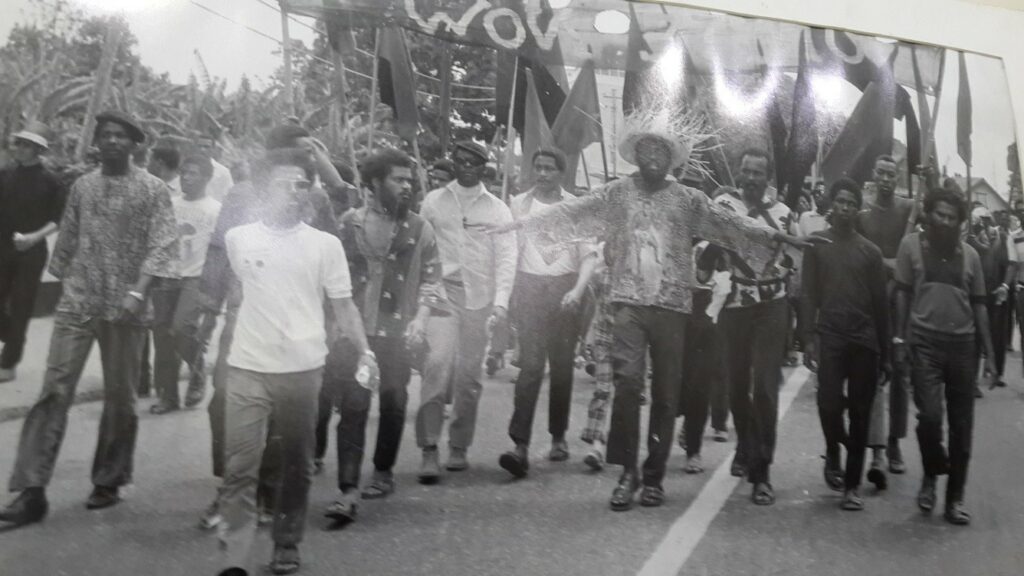
This was the nature of race relations when NJAC launched the 1970 movement. NJAC had already established a relationship with some Indian communities in the first year of its existence (1969 – 1970), by standing up for farmers’ rights in areas like Arouca and Montserrat (in central Trinidad). NJAC had also led a demonstration of farmers to White Hall, office of the then Prime Minister, Dr Williams.
The quest for national unity became a central pillar of the 1970 people’s Movement (popularly known as the Black Power Movement). The Chief Servant and NJAC had no doubt that the population would respond to the call for unity, and respond they did. As challenging as it was, the Movement was successful in taking the population on a path away from the years of racial discord and antagonism.
It was a mere fourteen days after the launch of the People’s Movement on Thursday 26 February, 1970, that the Chief Servant announced the “March to Caroni” for Thursday 12 March, 1970. In spite of desperate and determined efforts by the power elites to stop this march, it was a major success. We showed the world what a determined people could achieve with sincere, courageous leadership. When the demonstrators reached Chaguanas they were welcomed by school children waving flags and giving shouts of Power to the People. The community lined the roadside with containers of Juice, Water, Oranges, Doubles and refreshments. The welcome reflected the warmth and genuine love our people are capable of.
Among the thousands who marched, was a woman who was seven months pregnant. She exemplifies the determination and commitment displayed in the T&T Revolution. She walked the 26 miles from Woodford Square to the Couva Car Park, refusing all offers to get into a car, saying she was prepared to deliver the baby at the side of the road as her sacrifice for a new society. She is one of the many heroines (and heroes) of that great Movement. This reflected people’s strength of purpose and sacrifice in their quest for a better nation.
As Brother Moriba Kwamina, NJAC’s Information & Research Officer, noted then, the presence of prominent East Indians in that historic march. “The march, at its highpoint had swollen to thousands of persons. At Curepe, where University students, including a number of the Indian students, most of whom were active in the students’ movement, joined the march,” he stated. “They included some notable figures as Surujrattan Ramachan, Keith ‘Bunny’ Teelucksingh, John Indar, Rajaram Basdeo, Harold Ramjit and Sharma Maharaj. In fact, on the day before the demonstration, both Rambachan and Teelucksingh went through Caroni acting as a sort of advance guard for the demonstration, speaking to the people and preparing them for the demonstration. On the day of the March, they offered to guide the demonstrators through Caroni. Basdeo Panday also spoke on NJAC’s platform in 1970.”
Basdeo Panday spoke at the mass meeting and People’s Parliament which was held in the Couva Car Park after the march.
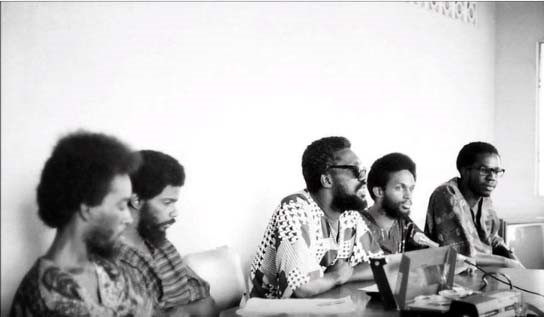
Of major historic significance, when several hundreds of demonstrators could not find transport back to North Trinidad, in the spirit of Brotherhood, Sisterhood and true love, the Indian community of Couva opened their homes and welcomed total strangers to spend the night, and fed and housed them. All that then mattered was that these “Brothers and Sisters” were in need of assistance. This is certainly wonderful and absolutely inspiring.
The Indian/African unity forged during those historic days of 1970, remain as a hallmark of the wisdom of NJAC’s faith in the people’s ability to replace “race and hate” with love and unity. This singular act stands out as a beacon of light as our people yearn for a “New & Just Society.”










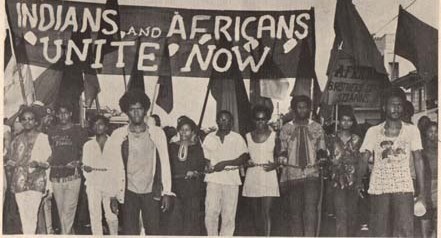


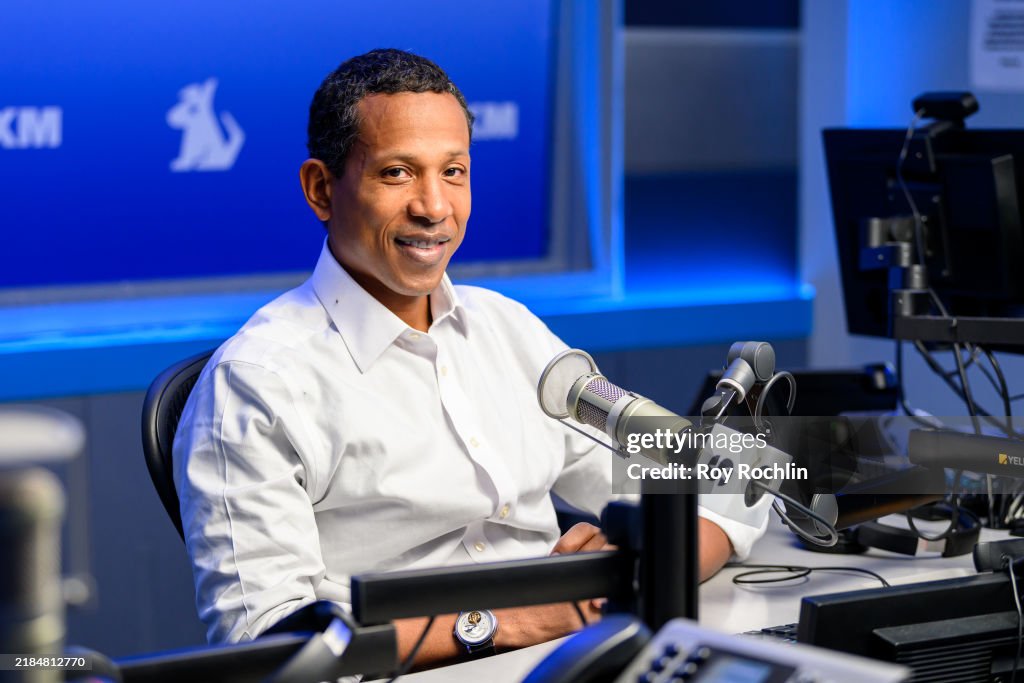

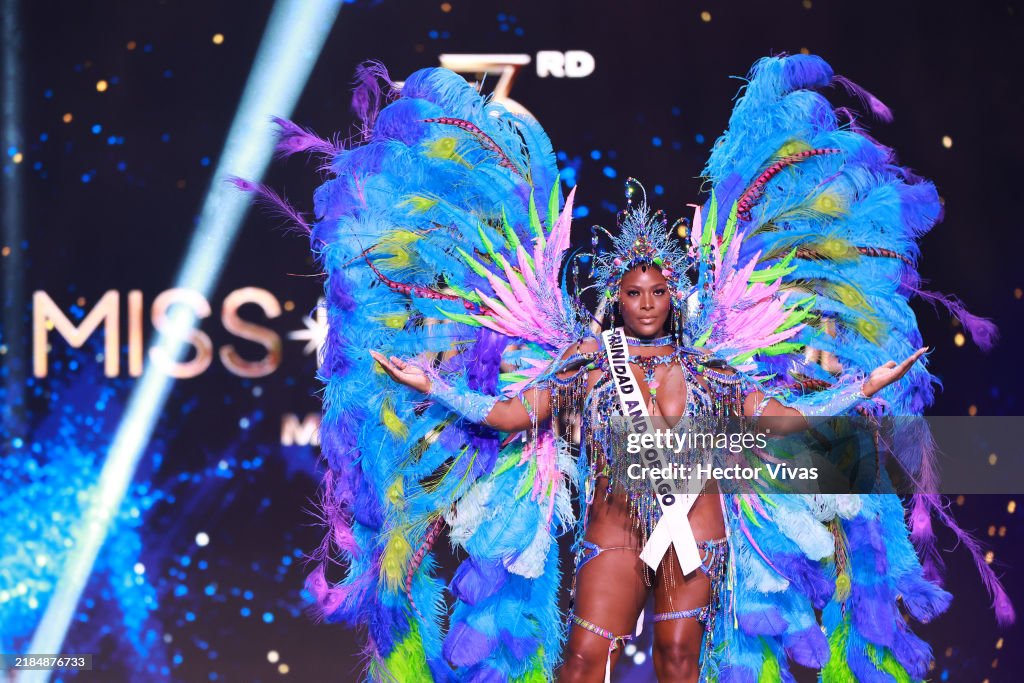






Discussion about this post